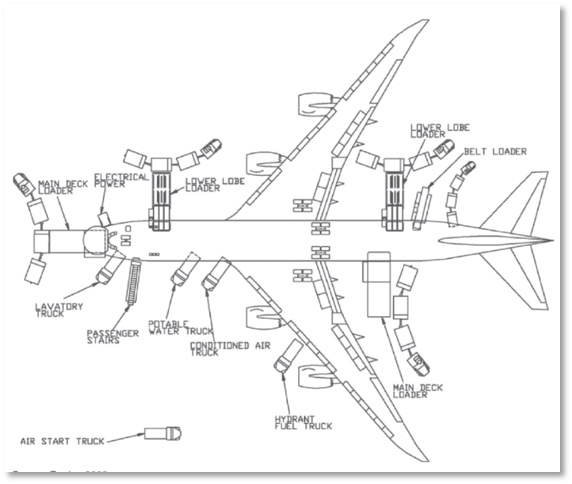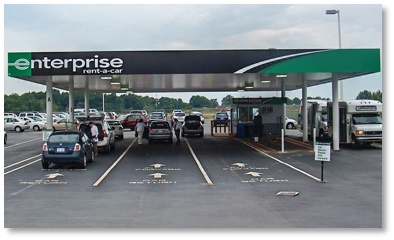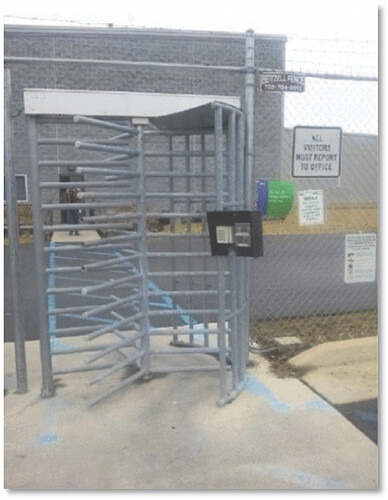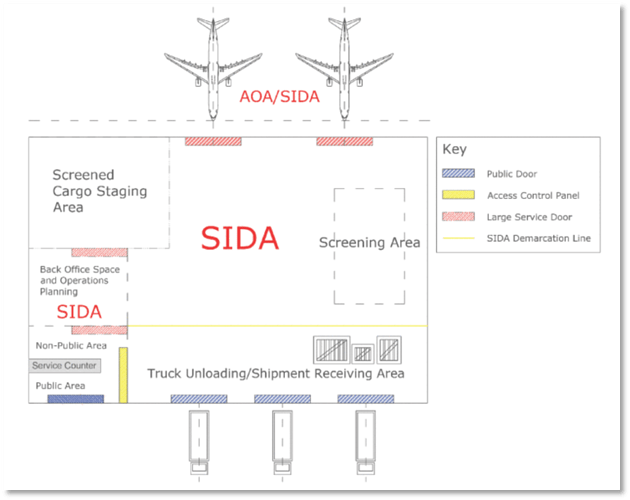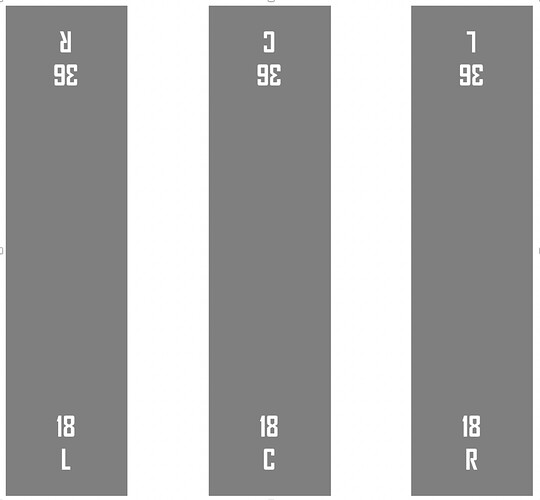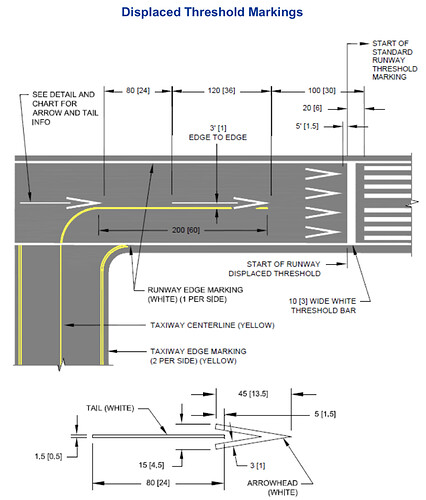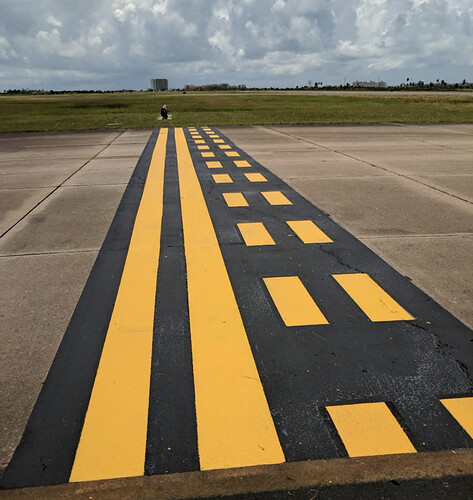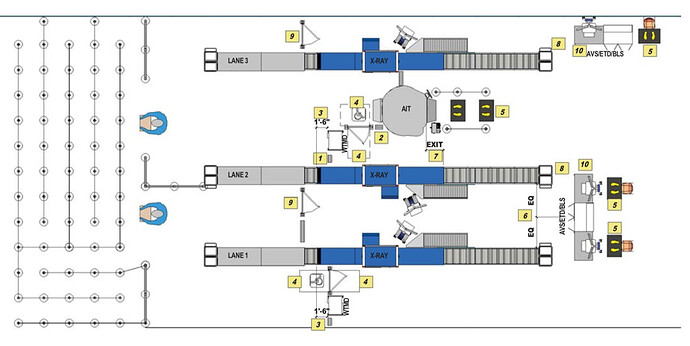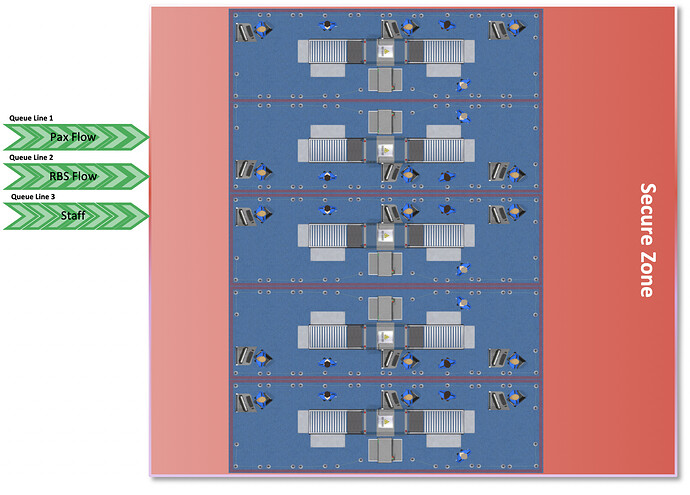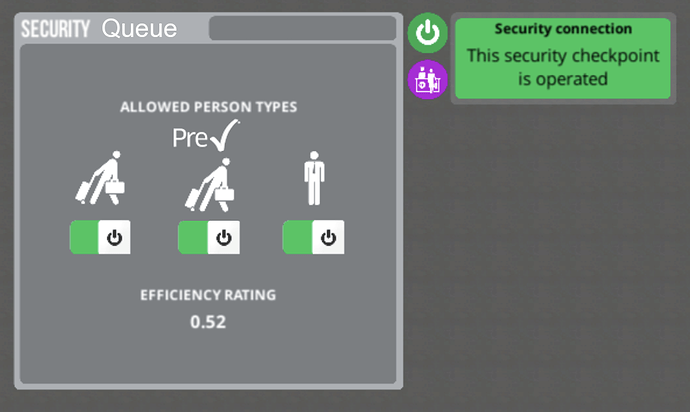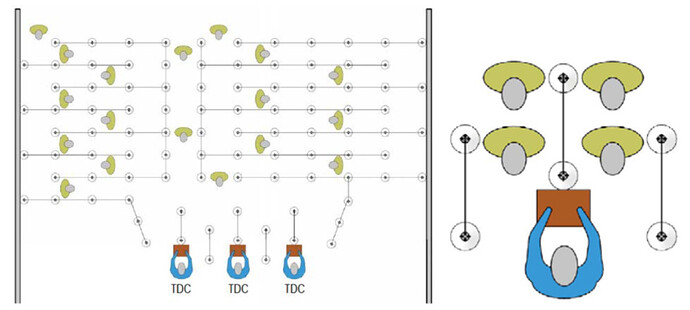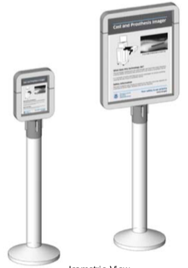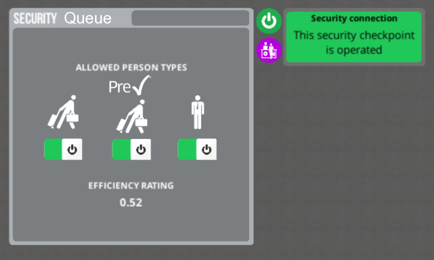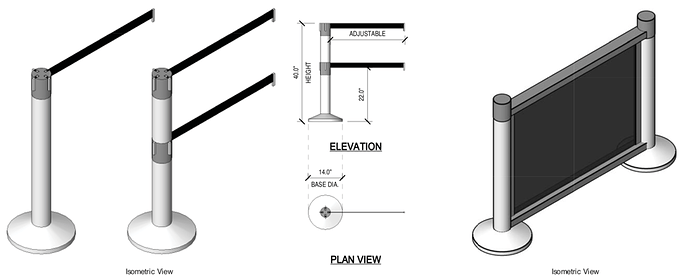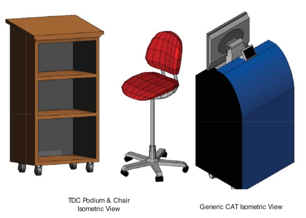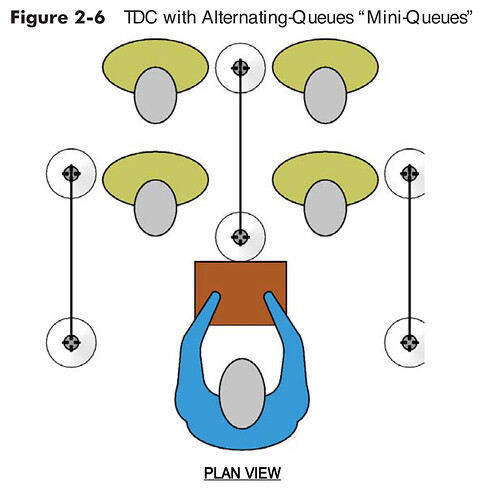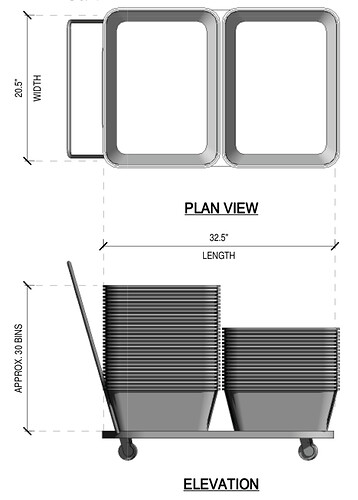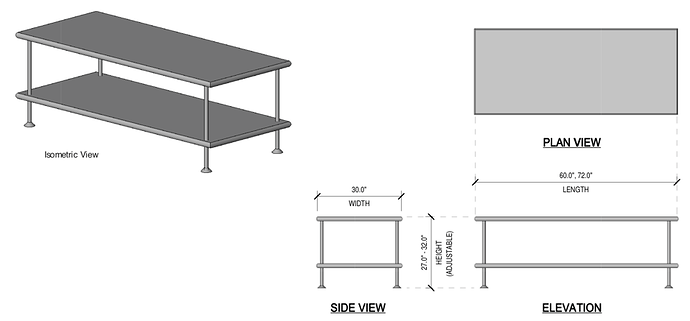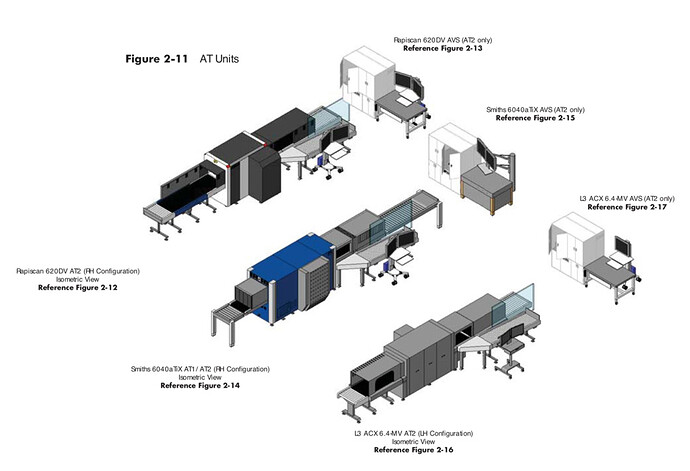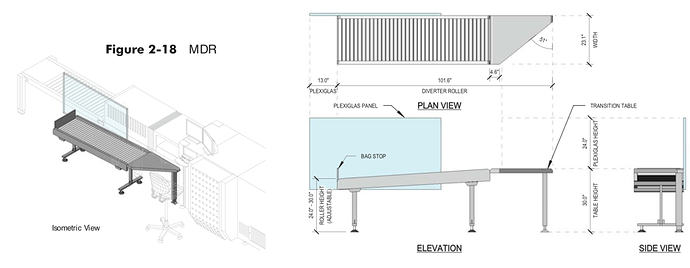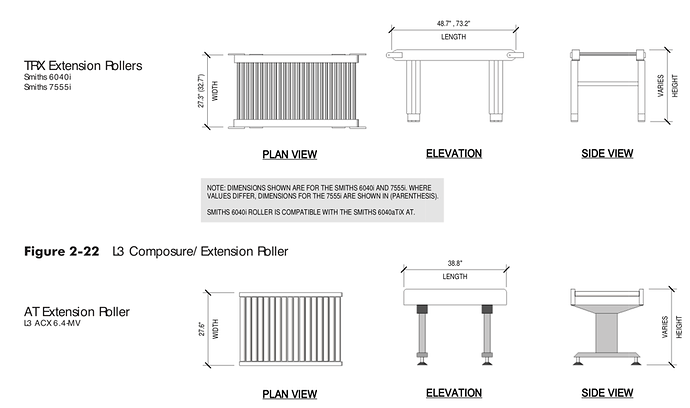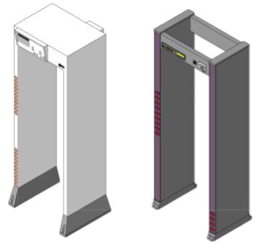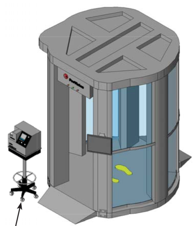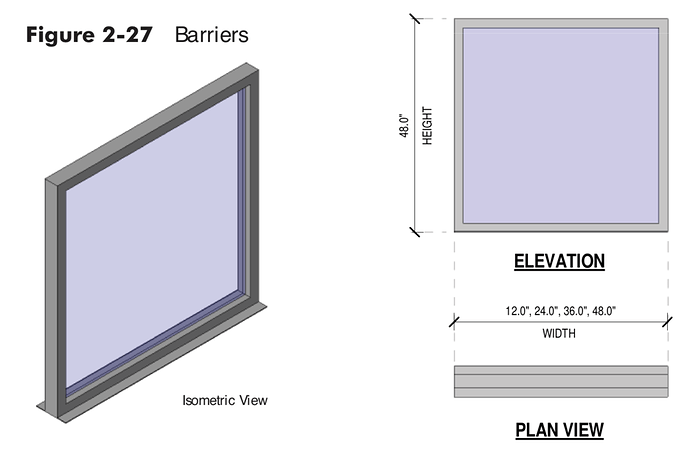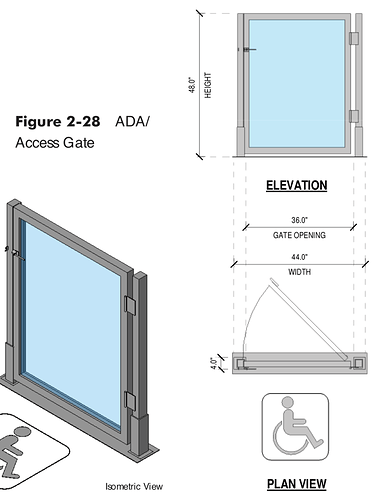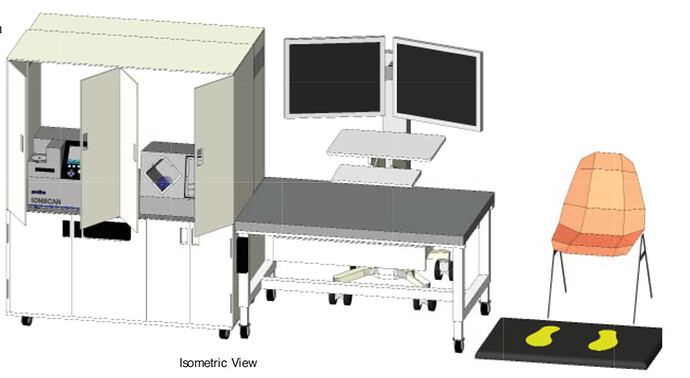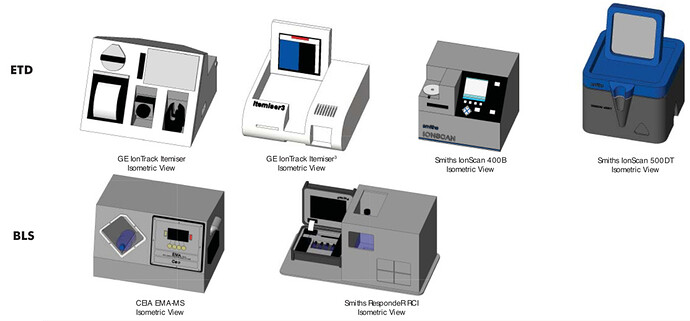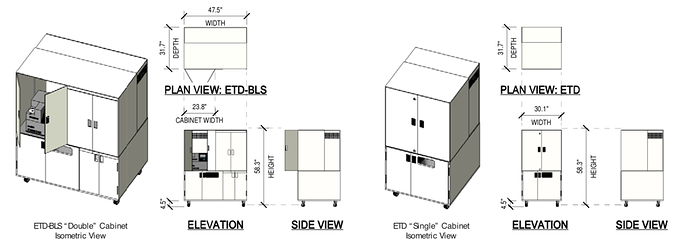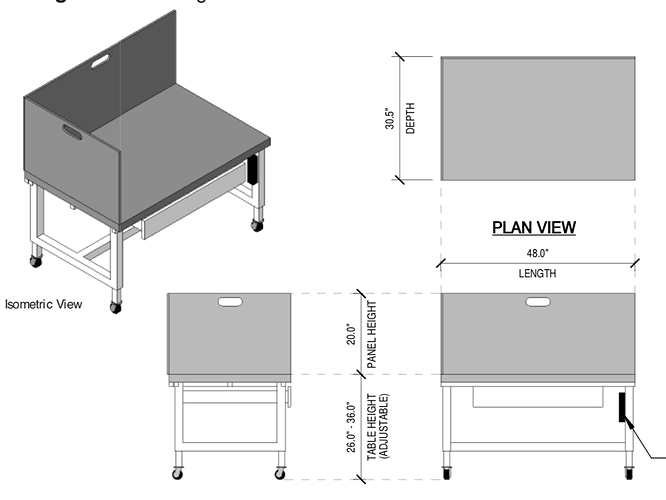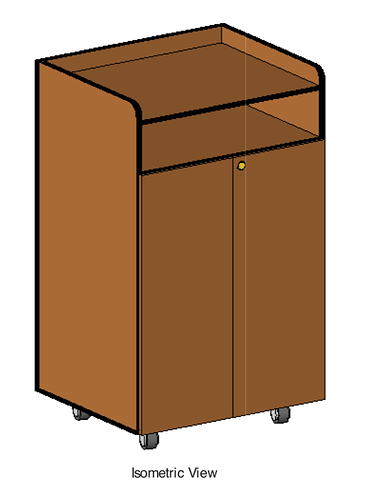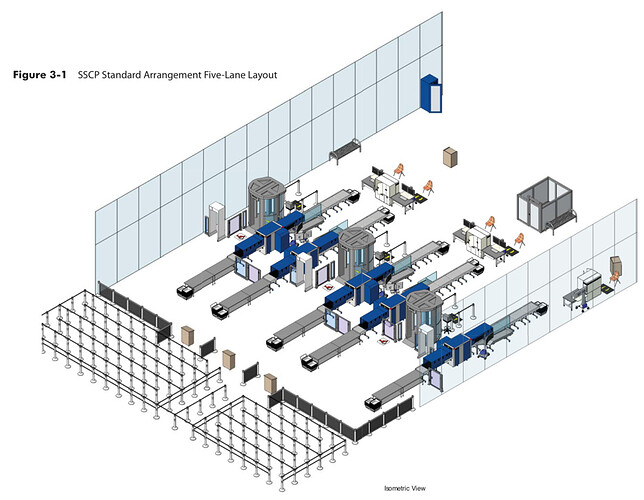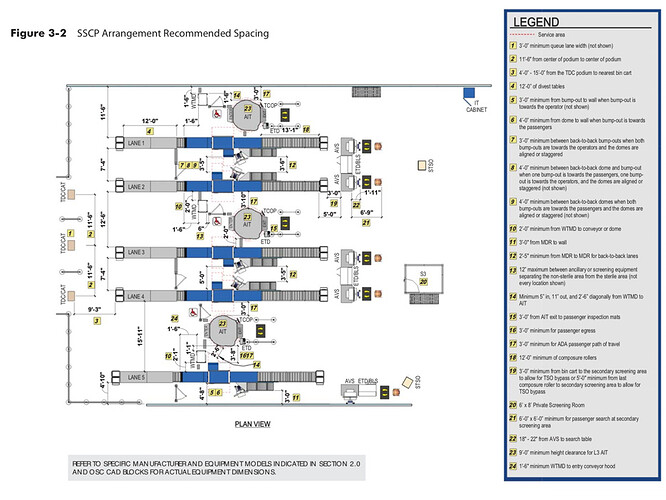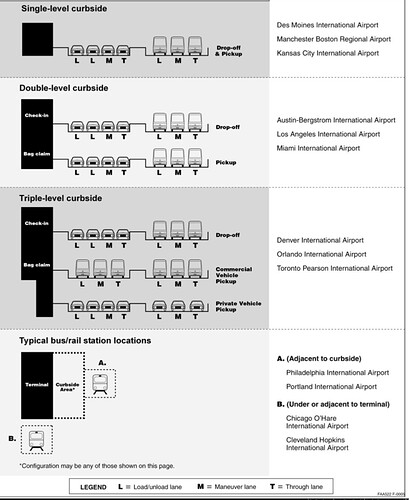| TABLE OF CONTENTS |
Added |
Link |
| CONSOLIDATED RENTAL CAR FACILITY |
Added |
Link |
| AIR CARGO/FREIGHT |
Added |
Link |
| CHECK-IN DESKS |
- |
|
| FIXED BASE OPERATORS (FBO) - GA/CHARTERS |
Added |
Link |
| FLIGHT SCHEDULER |
- |
|
| GROUND TRANSPORTATION & INTERNAL TRANSPORTATION |
- |
|
| ONE-WAY PATHS (ENTRANCE/EXITS) |
- |
|
| PREMIUM AND VIP SERVICES |
- |
|
| PASSPORT CONTROL/CUSTOMS |
- |
|
| ROADS |
Added |
Link |
| RUNWAYS & TAXIWAYS |
Added |
Link |
| SECURITY CHECKPOINTS |
Added |
Link |
| SHORT-/LONG-TERM PASSENGER PARKING & STAFF PARKING |
- |
|
| STANDS |
- |
|
| AIR TRAFFIC CONTROL (ATC) |
- |
|
| UTILITIES & AIRPORT SUPPORT |
- |
|
| ZONING & CONNECTIONS |
- |
|
AIR CARGO | FREIGHT
Air cargo | freight is any property carried or to be carried in an aircraft. Air cargo comprises air freight, air express and airmail.
CARGO AIRCRAFT
A cargo aircraft (also known as freight aircraft, freighter, airlifter or cargo jet) is a fixed-wing aircraft that is designed or converted for the carriage of cargo rather than passengers. Such aircraft usually do not incorporate passenger amenities and generally feature one or more large doors for loading cargo. Freighters may be operated by civil passenger or cargo airlines, by private individuals or by the armed forces of individual countries (for the last see military transport aircraft).
Aircraft designed for cargo flight usually have features that distinguish them from conventional passenger aircraft: a wide/tall fuselage cross-section, a high-wing to allow the cargo area to sit near the ground, a large number of wheels to allow it to land at unprepared locations, and a high-mounted tail to allow cargo to be driven directly into and off the aircraft.
TYPES OF CARGO AIRCRAFT
Nearly all commercial cargo aircraft presently in the fleet are derivatives or transformations of passenger aircraft. However, there are three other methods to the development of cargo aircraft.
DERIVATIVES OF NON-CARGO AIRCRAFT
Many types can be converted from airliner to freighter by installing a main deck cargo door with its control systems; upgrading floor beams for cargo loads and replacing passenger equipment and furnishings with new linings, ceilings, lighting, floors, drains and smoke detectors. Specialized engineering teams rival Airbus and Boeing, giving the aircraft another 15–20 years of life. Aeronautical Engineers Inc. converts the Boeing 737-300/400/800, MD-80 and Bombardier CRJ200. Israel Aerospace Industries’ Bedek Aviation converts the 737-300/400/700/800 in about 90 days, 767-200/300s in about four months and 747-400s in five months, and is looking at the Boeing 777, Airbus A330 and A321.[10] Voyageur Aviation Corp located in North Bay, Ontario converts the DHC-8-100 into the DHC-8-100 Package Freighter Conversion.
An A300B4-200F conversion cost $5M in 1996, an A300-600F $8M in 2001, a MD-11F $9M in 1994, a B767-300ERF $13M in 2007, a B747-400 PSF $22M in 2006, an A330-300 P2F was estimated at $20M in 2016 and a B777-200ER BCF at $40M in 2017. By avoiding the main deck door installation and relying on lighter elevators between decks, LCF Conversions wants to convert A330/A340s or B777s for $6.5M to $7.5M.[12] In the mid 2000s, passenger 747-400s cost $30–50 million before a $25 million conversion, a B757 had to cost $15 million before conversion, falling to below $10 million by 2018, and $5 million for a 737 Classic, falling to $2–3 million for a B737-400 by 2018.
Derivative freighters have most of their development costs already amortized, and lead time before production is shorter than all new aircraft. Converted cargo aircraft use older technology; their direct operating costs are higher than what might be achieved with current technology. Since they have not been designed specifically for air cargo, loading and unloading is not optimized; the aircraft may be pressurized more than necessary, and there may be unnecessary apparatus for passenger safety.
CARGO AND FREIGHT SERVICES
In addition to people, airports move cargo around the clock. Cargo airlines often have their own on-site and adjacent infrastructure to transfer parcels between ground and air.
Cargo Terminal Facilities are areas where international airports export cargo has to be stored after customs clearance and prior to loading on the aircraft. Similarly import cargo that is offloaded needs to be in bond before the consignee decides to take delivery. Areas have to be kept aside for examination of export and import cargo by the airport authorities. Designated areas or sheds may be given to airlines or freight forward ring agencies.
Every cargo terminal has a landside and an airside. The landside is where the exporters and importers through either their agents or by themselves deliver or collect shipments while the airside is where loads are moved to or from the aircraft. In addition, cargo terminals are divided into distinct areas – export, import and interline or transshipment.
CARGO | FREIGHT COMPANIES
Some of the largest all-cargo carriers are:
- ABX Air
- AeroLogic
- AirBridge Cargo
- Airest
- Amerijet International
- BAX Global
- CargoLogicAir
- Cargolux
- DHL
- Blue Dart Aviation
- DHL Aero Expreso
- DHL Air UK
- DHL de Guatemala
- DHL Ecuador
- DHL International Aviation ME
- European Air Transport Leipzig
- FedEx Express Kalitta Air
- Martinair
- Nippon Cargo Airlines
- Pak Group of Companies
- Polar Air Cargo
- TNT Airways
- UPS Airlines
freight divisions of passenger airlines
The following are freight divisions of passenger airlines operating their own or leased freighter aircraft. Some have shut down or merged with others:
- Aeroflot-Cargo
- Air Canada Cargo
- Air China Cargo
- Air France Cargo
- Air Hong Kong (Cathay Pacific)
- Air India Cargo
- Air Macau Cargo
- ANA Cargo
- Asiana Cargo
- Avianca Cargo
- Cathay Pacific Cargo
- China Airlines Cargo
- China Cargo Airlines (China Eastern Airlines)
- China Southern Cargo
- Delta Air Freight
- EgyptAir Cargo
- EL AL Cargo
- Emirates SkyCargo
- Ethiopian Airlines Cargo
- Etihad Crystal Cargo
- EVA Air Cargo
- Finnair Cargo
- Hong Kong Airlines Cargo
- IAG Cargo
- Icelandair Cargo
- Iran Air Cargo
- Garuda Indonesia Cargo
- KLM Cargo
- Korean Air Cargo
- LAN Cargo
- Lufthansa Cargo
- MASkargo
- Qatar Airways Cargo
- RAM Cargo
- Royal Jordanian Cargo
- Saudi Arabian Airlines Cargo
- Shanghai Airlines Cargo
- Singapore Airlines Cargo
- South African Airways Cargo
- TAM Cargo
- Turkish Airlines Cargo
- Uzbekistan Airways Cargo
- Yakutia Airlines Cargo
Freight divisions without freighter fleets
The following are freight divisions without freighter fleets, using passenger aircraft holds or having other cargo airlines fly on their behalf. Some of these previously had freighters:
- Alaska Air Cargo American Airlines Freight
- British Airways World Cargo
- Caribbean Airlines
- Cargo Garuda Indonesia
- Czech Airlines Cargo
- Delta Airlines Cargo
- Dragon Air Cargo
- Gol Transportes Aéreos
- Gulf Air Cargo
- Hainan Airlines Cargo
- Iberia Cargo
- Japan Airlines Cargo
- Kenya Airways Cargo
- KLM Cargo
- Kuwait Airways Cargo
- LOT Polish Airlines Cargo
- Pakistan International Airlines Cargo
- Philippine Airlines Cargo
- Qantas Freight
- SAS Cargo Group
- Shaheen Air Cargo
- Shenzhen Airlines Cargo
- Sichuan Airlines Cargo
- South African Airways
- SriLankan Cargo
- Sudan Airways
- Swiss WorldCargo
- Thai Airways Cargo
- United Airlines Cargo
- Virgin Atlantic Cargo
AIRCRAFT PARKING APRON | STAND | RAMP
MARKINGS
- Lead-in/Lead-out Lines
- Stop Lines
- Aircraft Safety Envelope
- Head of Stand Road (vehicle access)
- Tail Stand Road (vehicle access)
Pictures

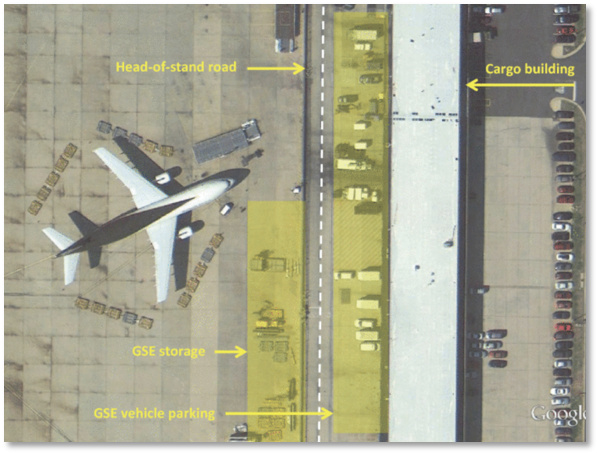
AIR CARGO WAREHOUSE | FACILITY
-
· Warehouse/Facility Vehicle Bypass – two lane roads provide access ramp to landside parking areas through a secured gate (public road to service road)
-
Air Cargo Truck Docks and Doors
-
Air Cargo Truck Parking
-
Cargo Handling Systems and Storage Types
-
-
- Moderately Mechanized Sort and Load
-
- Automated Terminals and Gateways
Pictures
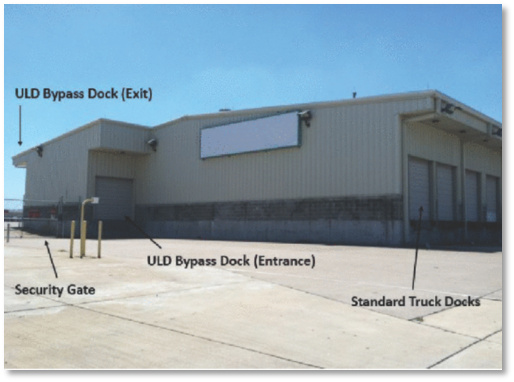
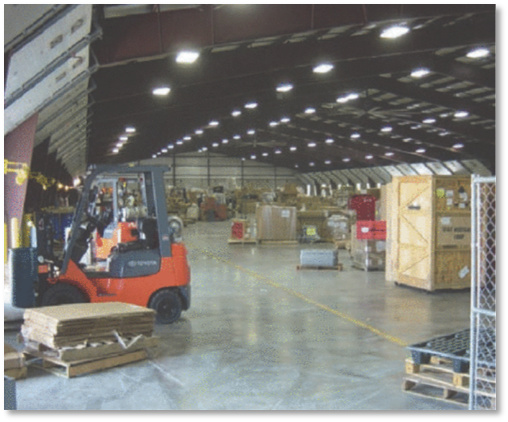
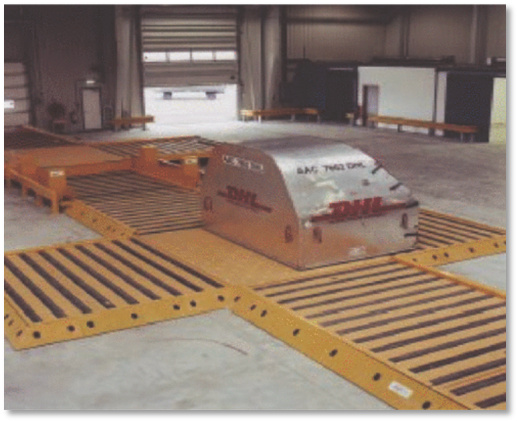
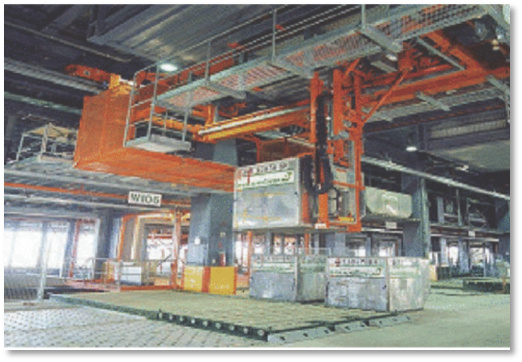
AIRSIDE AIR CARGO SECURITY
- Air Cargo Perimeter Fence
- Air cargo staff access points
- Security guard stations
- Security lighting
Pictures

GROUND SUPPORT EQUIPMENT (GSE)
STORAGE
Used to park and stage GSE when it is not in use. Often located on the apron outside the a/c safety envelope.
STATIONARY GSE
- Mounted preconditioned air units
- APUs
- Lower-deck loading units
- Portable water supply cabinets
MOBILE GSE
- Tugs
- Belt loaders
- Cargo (baggage) carts
- Empty dollies
- Loaded dollies (with ULDs and pallets loaders)
- Fuel trucks
- Lavatory and potable water vehicles
- Stairs
- Main Deck (nose-door) loaders
- Air start trucks
Pictures
